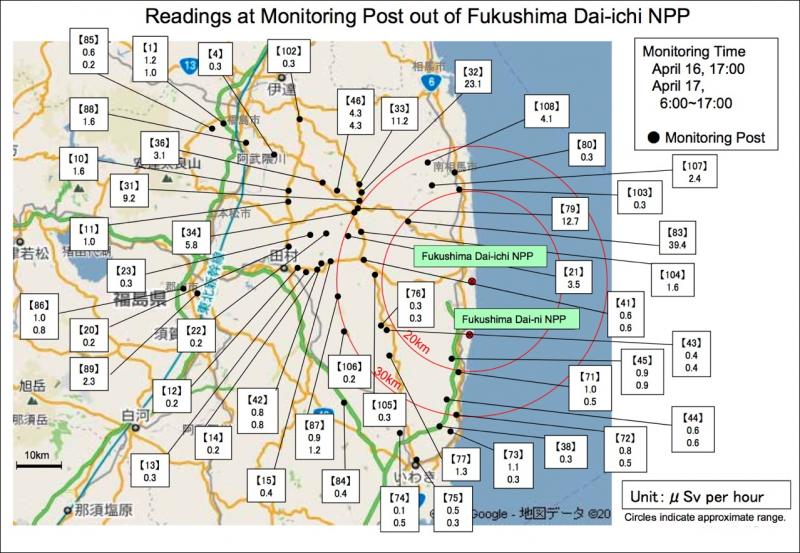TEPCO has a two phase plan to stabilize the Fukushima Daiichi Nuclear Power Plant. As explained at a news conference on Sunday by chairman of Tokyo Electric Power Company, Tsunehisa Katsumata:
Phase One - 3 months
-build new cooling systems outside Units 1 and 3 to cool down fuel
- patch the damaged section of Unit 2 reactor to contain radioactivity leakage
Phase Two - 3 to 6 months
- lower the temperature of the nuclear fuel in all reactors to below 100o Celsius
- cover the reactor buildings with giant covers with filters to prevent the release of radioactive substances into the air.
- set up equipment to purify contaminated water in tanks and other facilities.






Recent Comments